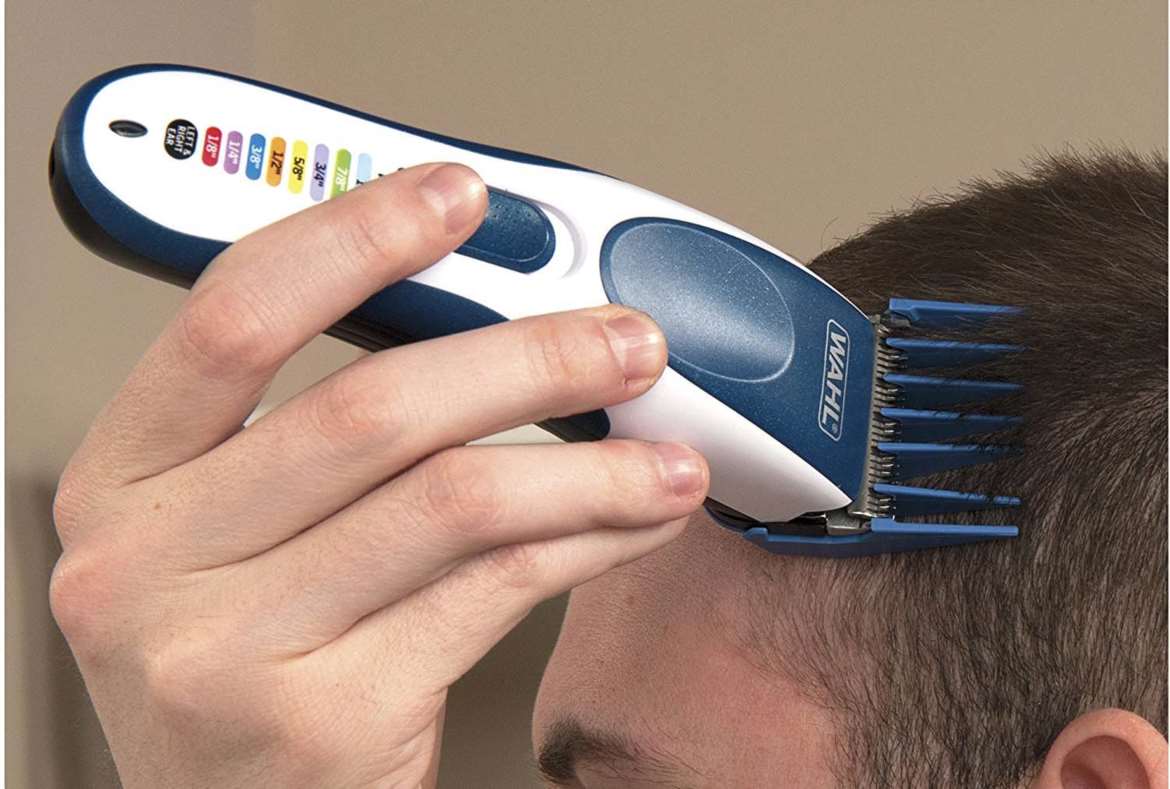Are you struggling with turning off 4LO on your Toyota Land Cruiser? Look no further! In this article, we will guide you through the process step by step, ensuring that you can easily disable 4LO and get back on the road.
Dealing with the 4LO mode in your Toyota Land Cruiser can be frustrating and time-consuming. It can hinder your driving experience and limit your vehicle's capabilities. But fear not, because we have the solution for you.
The first step to turning off 4LO on your Toyota Land Cruiser is to locate the 4WD control switch. This switch is usually located on the center console or dashboard of your vehicle. Once you have found the switch, simply press it to turn off 4LO. In some cases, you may need to hold the switch down for a few seconds until the indicator light goes off.
In summary, to turn off 4LO on your Toyota Land Cruiser, locate the 4WD control switch and press it to disable the mode. It's a simple process that can be done in a matter of seconds.
How to Turn Off 4LO Toyota Land Cruiser
Now, let's dive deeper into the process of turning off 4LO on your Toyota Land Cruiser. As mentioned earlier, the first step is to locate the 4WD control switch. This switch is responsible for controlling the different modes of your vehicle's four-wheel-drive system. By pressing the switch, you can toggle between different modes, including 4LO.
When you engage 4LO mode, your Toyota Land Cruiser shifts into low-range gearing, which provides increased torque and traction for off-road driving. While this mode is beneficial in certain situations, such as climbing steep hills or navigating through rough terrain, it's not ideal for everyday driving.
To turn off 4LO, simply press the 4WD control switch until the mode is disabled. You may need to hold the switch down for a few seconds until the indicator light goes off. Once the mode is turned off, your Toyota Land Cruiser will revert to its regular driving mode, providing a smoother and more efficient driving experience.
The History and Myth of Turning Off 4LO Toyota Land Cruiser
Over the years, there have been various myths and misconceptions surrounding the process of turning off 4LO on a Toyota Land Cruiser. Some people believe that engaging 4LO can cause damage to the vehicle's drivetrain or suspension system. However, this is not true.
The 4LO mode is designed to enhance your vehicle's off-road capabilities and is perfectly safe to use when navigating challenging terrain. It's important to remember that 4LO should only be used in specific situations and not for everyday driving. Disabling 4LO is as simple as pressing a button, and there is no risk of causing any harm to your Toyota Land Cruiser.
The Hidden Secret of Turning Off 4LO Toyota Land Cruiser
While turning off 4LO on your Toyota Land Cruiser may seem like a straightforward process, there is a hidden secret that can make it even easier. Some newer models of the Land Cruiser come equipped with an "Auto" mode for the four-wheel-drive system. This mode automatically adjusts the vehicle's traction control settings based on the road conditions.
By selecting the "Auto" mode, your Toyota Land Cruiser will automatically switch between 4WD and 2WD as needed, eliminating the need to manually turn off 4LO. This feature provides a seamless driving experience and ensures that your vehicle is always in the optimal mode for the current road conditions.
Recommendation for Turning Off 4LO Toyota Land Cruiser
If you frequently find yourself needing to turn off 4LO on your Toyota Land Cruiser, it may be beneficial to invest in a newer model that offers the "Auto" mode. This feature eliminates the hassle of manually switching between different modes and ensures that your vehicle is always in the appropriate mode for the current driving conditions.
Additionally, it's important to familiarize yourself with the operation of the 4WD control switch in your Toyota Land Cruiser. Understanding how to engage and disengage different modes will allow you to make the most of your vehicle's capabilities and ensure a smooth and enjoyable driving experience.
Diving Deeper into Turning Off 4LO Toyota Land Cruiser
Turning off 4LO on a Toyota Land Cruiser involves more than just pressing a button. It's essential to understand the purpose and function of the different modes in the vehicle's four-wheel-drive system. The 4LO mode provides increased torque and traction for off-road driving, making it ideal for challenging terrain.
However, using 4LO for everyday driving is unnecessary and can lead to decreased fuel efficiency and increased wear on your vehicle's drivetrain. By turning off 4LO, you can enjoy a smoother and more efficient driving experience while preserving the longevity of your Toyota Land Cruiser.
Tips for Turning Off 4LO Toyota Land Cruiser
Here are some tips to keep in mind when turning off 4LO on your Toyota Land Cruiser:
- Ensure that your vehicle is at a complete stop before attempting to switch modes.
- If the 4LO indicator light continues to flash after pressing the 4WD control switch, try engaging and disengaging the vehicle's parking brake.
- If you are still unable to turn off 4LO, consult your Toyota Land Cruiser's owner's manual for further instructions or contact a certified Toyota technician.
- Remember to engage 4LO only when necessary and switch back to the appropriate mode for everyday driving.
Conclusion of Turning Off 4LO Toyota Land Cruiser
Turning off 4LO on your Toyota Land Cruiser is a simple and straightforward process that can be done in a matter of seconds. By locating the 4WD control switch and pressing it to disable 4LO, you can enjoy a smoother and more efficient driving experience. Remember to engage 4LO only when necessary and switch back to the appropriate mode for everyday driving. With these tips and tricks, you'll be able to make the most of your Toyota Land Cruiser's capabilities and enjoy your driving adventures to the fullest.
